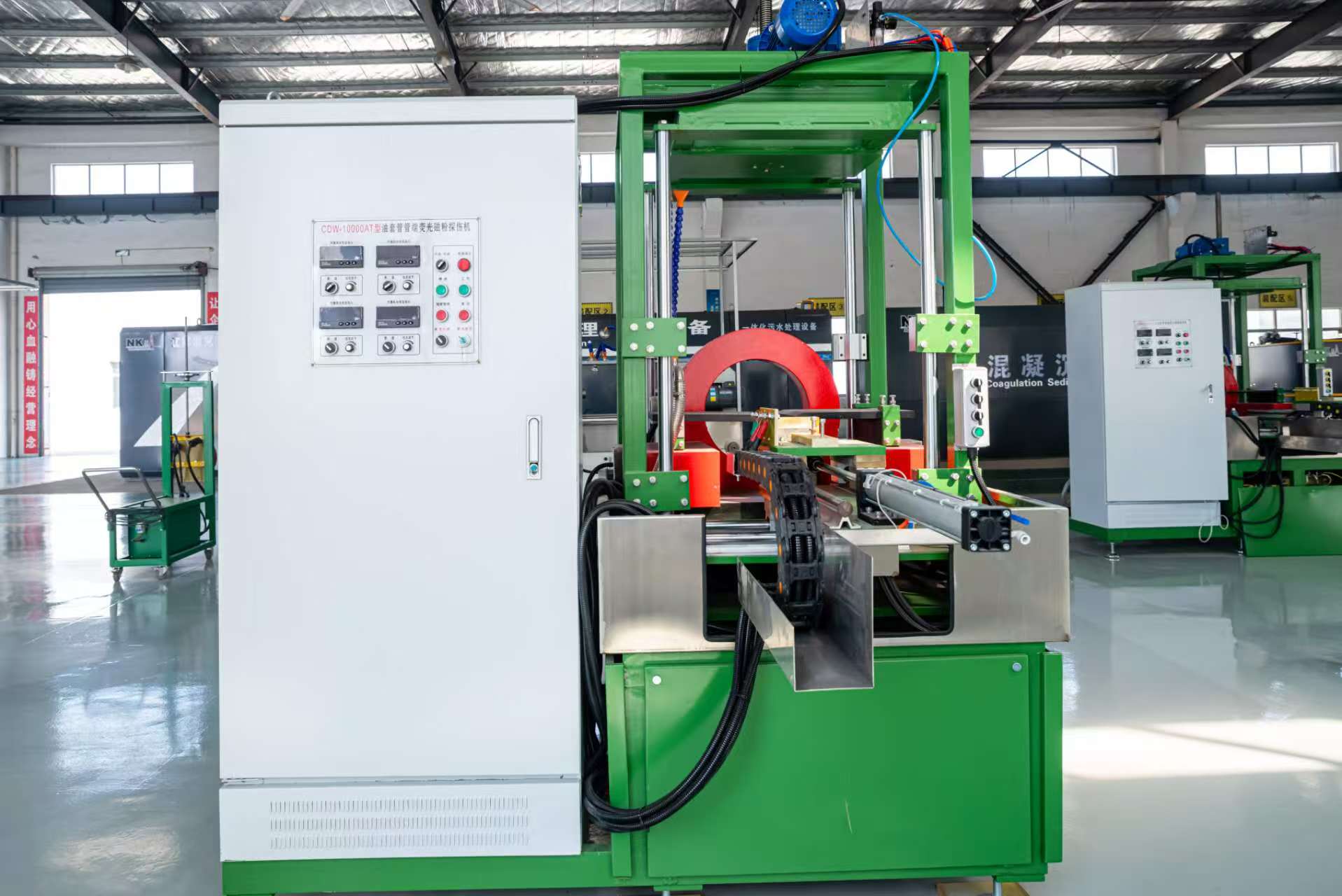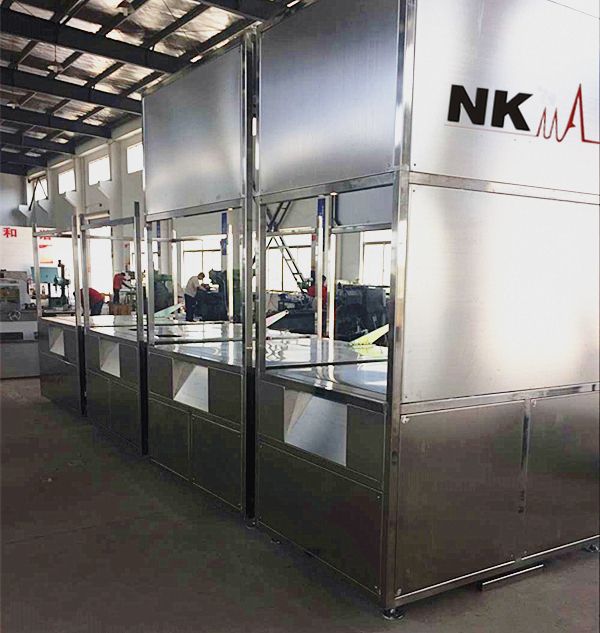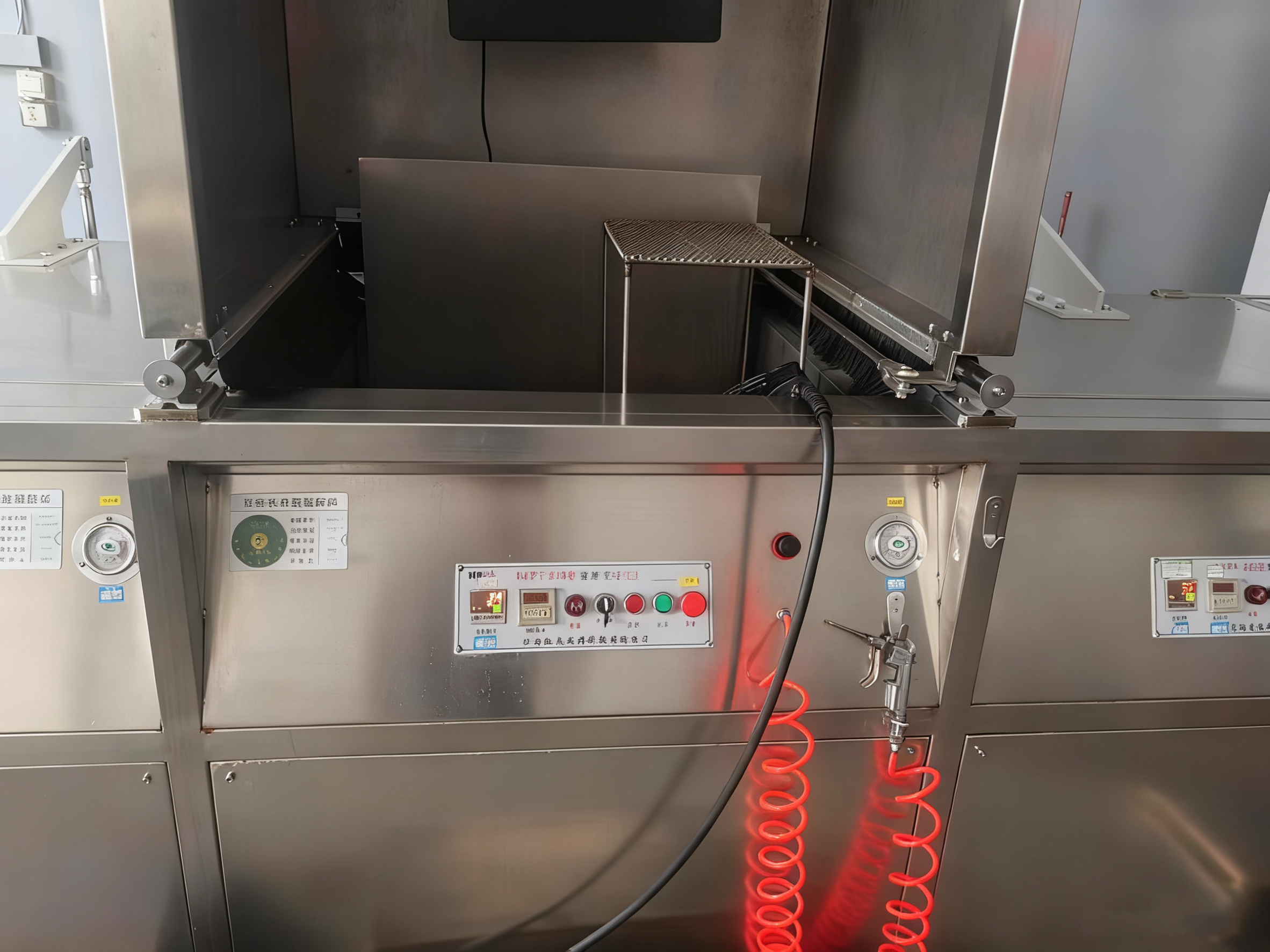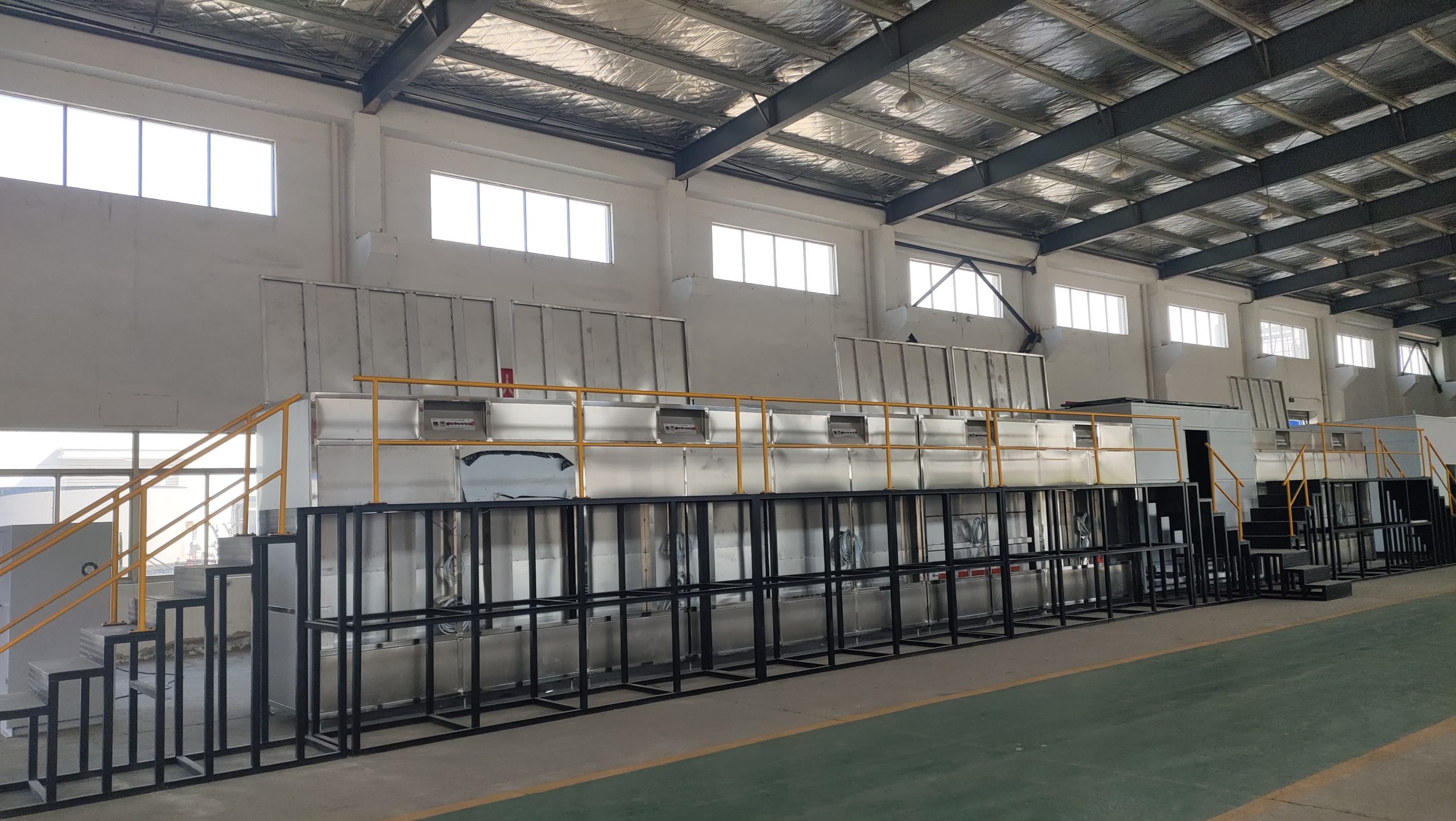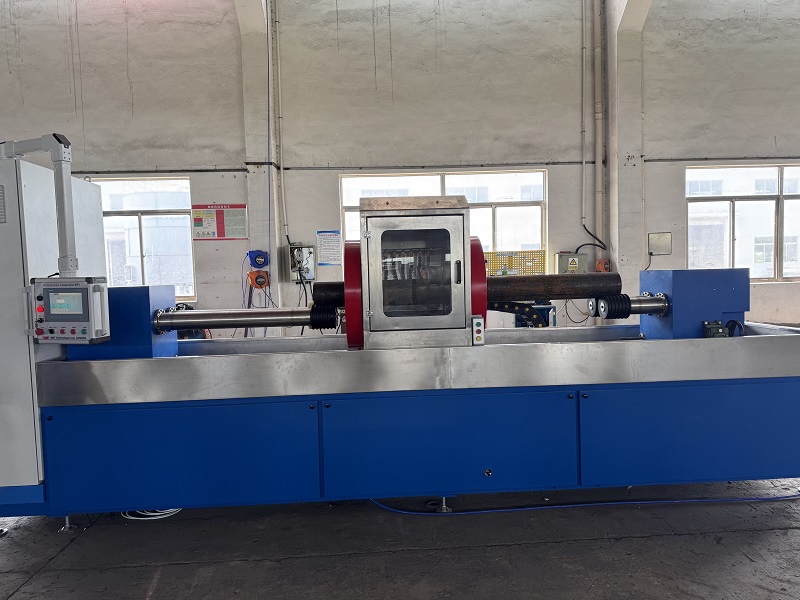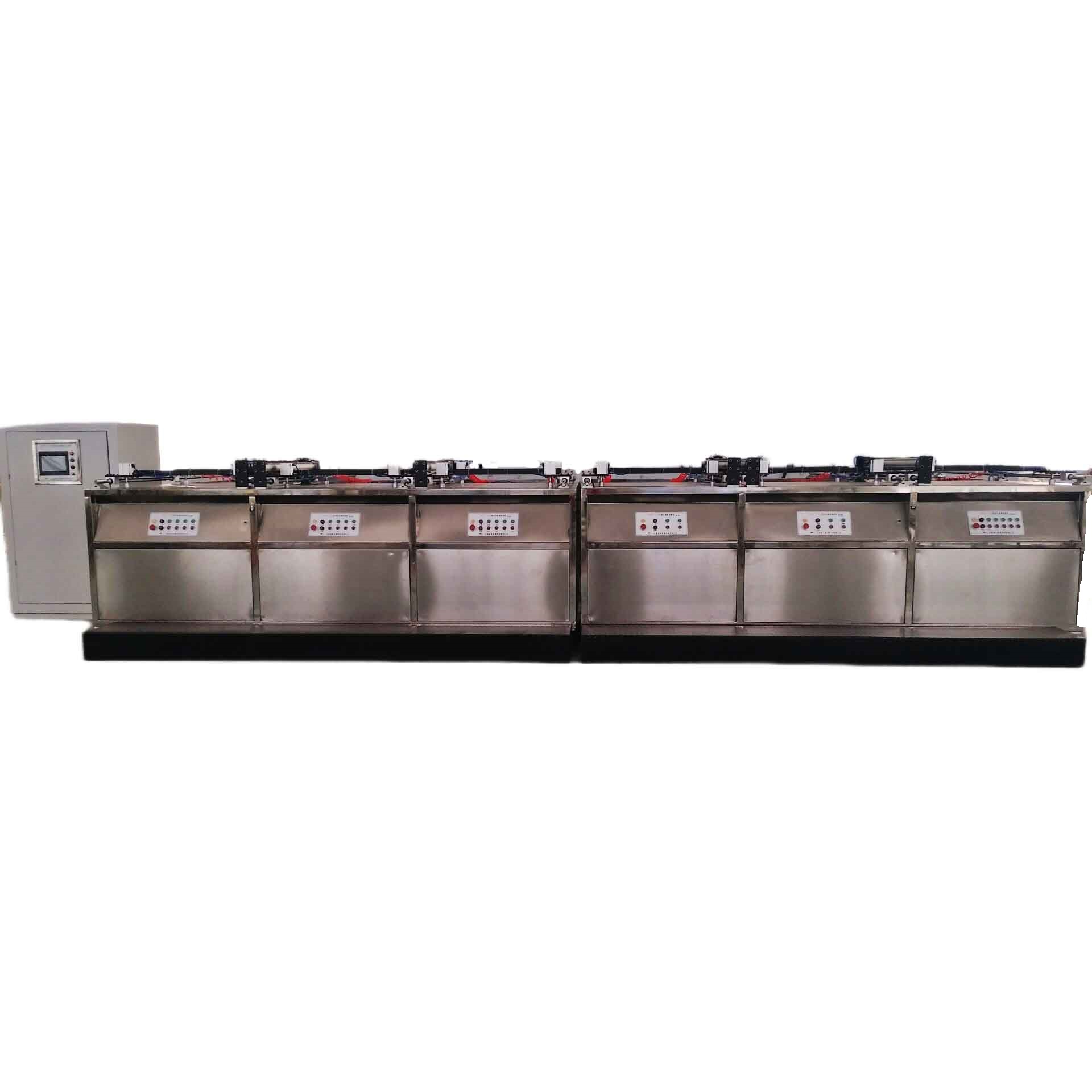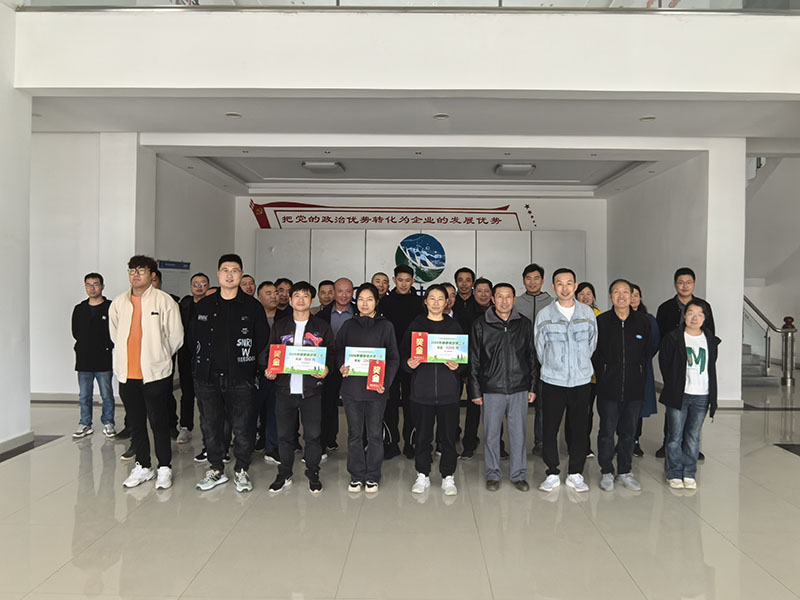Liquid Penetrant Testing (LPT) is a widely used non-destructive testing (NDT) method for detecting surface-breaking defects in non-porous materials. Penetrants play a key role in the accuracy and sensitivity of LPT. They are classified based on dye composition, base solvent, removal method, sensitivity level, and material compatibility.
Below is a comprehensive overview of the main classifications of penetrants:
1. Liquid Penetrant Testing Classification by Dye Composition
Penetrants can be divided into three major categories based on the type of dye they contain:
-
Fluorescent Penetrants
Contain fluorescent dyes and require UV (black) light for inspection. Defects appear as bright yellow-green indications under UV light in a darkroom. -
Visible (Color Contrast) Penetrants
Contain red dyes and are used under natural or white light. Defect indications appear as red against a white developer background. -
Dual (Fluorescent + Color Contrast) Penetrants
These contain special dyes that provide both red indications under visible light and fluorescent signals under UV light. They are suitable for dual-mode inspection.
2. Liquid Penetrant Testing Classification by Base Solvent
Depending on the base solvent used to dissolve the dye, penetrants can be categorized as:
-
Water-Based Penetrants
Water has poor natural penetration ability. However, with added surfactants, its surface tension is reduced, improving wetting and penetrant performance. Typically, water-based penetrants offer lower sensitivity than oil-based ones. -
Oil-Based Penetrants
These use petroleum-based solvents such as aviation kerosene, mineral oil, or solvent gasoline. They offer higher penetration and sensitivity levels, making them ideal for high-performance applications.
3. Liquid Penetrant Testing Classification by Removal Method
Penetrants are also classified by how excess material is removed from the surface after the dwell time:
-
Water-Washable Penetrants
These include both water-based and self-emulsifying oil-based penetrants. Excess penetrant can be removed using water spray or immersion without additional emulsifiers. -
Post-Emulsifiable Penetrants
Require a separate emulsifier to break down excess surface penetrant before water removal. They are further divided into:-
Lipophilic (oil-based) emulsifiers
-
Hydrophilic (water-based) emulsifiers
-
-
Solvent-Removable Penetrants
Excess penetrant is wiped off using lint-free cloth and organic solvents. Commonly used in field inspections and for localized testing.
4. Liquid Penetrant Testing Classification by Sensitivity Level
According to ASTM and ISO standards, penetrants can be classified into five sensitivity levels:
-
Very Low
-
Low
-
Medium
-
High
-
Ultra-High
Fluorescent water-washable penetrants are typically rated low to high, while post-emulsifiable fluorescent penetrants range from medium to ultra-high. Visible dye penetrants usually fall into the low or medium sensitivity categories.
5. Liquid Penetrant Testing Classification by Material Compatibility
Some materials require special penetrants due to safety, reactivity, or corrosion concerns:
-
LOX-Compatible Penetrants
Suitable for components that contact liquid oxygen (LOX), these penetrants remain chemically inert under extreme conditions. -
Low-Sulfur Penetrants
Specifically formulated for nickel-based alloys, ensuring no adverse chemical interaction. -
Low-Halogen/Low-Fluoride Penetrants
Designed for use on titanium alloys and austenitic stainless steels, these formulations prevent material degradation caused by halides.
✅ Why Choose Our Penetrant Testing Products?
At [Your Company Name], we provide a full range of high-quality penetrant inspection materials and automated PT lines that comply with ASTM E1417 and ISO 3452 standards. Whether you require fluorescent, visible, or dual-mode penetrants, we offer solutions with excellent sensitivity, safety, and environmental compatibility.
🌟 Our Advantages:
-
Wide selection of water-based and oil-based penetrants
-
Support for high and ultra-high sensitivity detection
-
Safe for use on aerospace alloys, stainless steel, titanium, and LOX-contact parts
-
Compatible with manual, semi-automatic, and fully automatic PT lines
👉 Explore our Fluorescent Penetrant Testing Systems improve your quality control and inspection efficiency.
For inquiries, technical support, or a customized quote, please contact us. Our expert team is ready to assist you.


